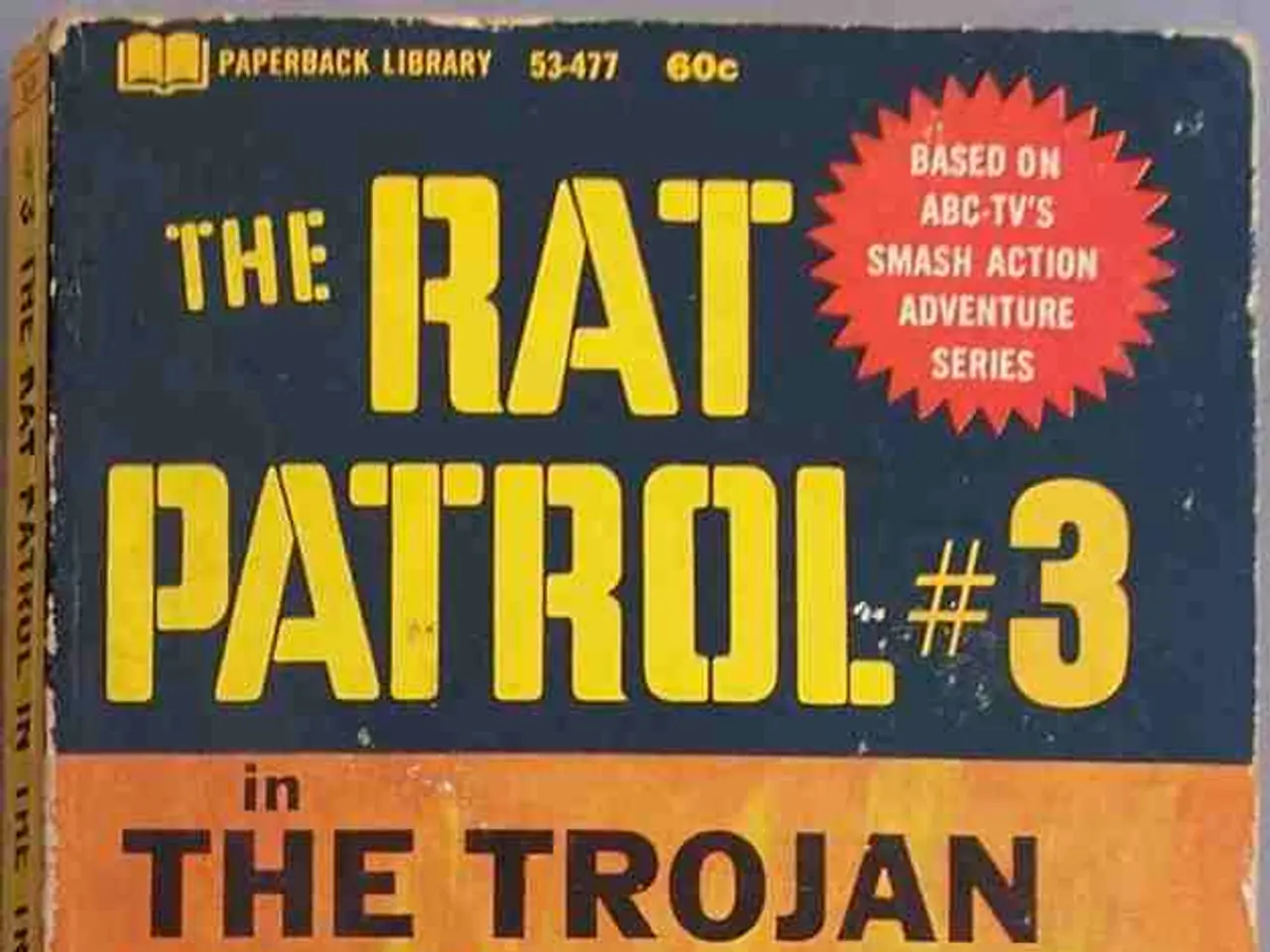High-Speed Ukraine Intercept Drone Reaches 314 km/h, Closing in on Russian Shahed
In the ongoing conflict, a speed race has emerged between Ukraine and Russia, with each nation advancing its drone technology to outpace the other.
The Russian Shahed-136 drone, a loitering munition widely used in attacks, can fly at a maximum speed of about 185 km/h (115 mph), powered by a 50 hp piston engine driving a pusher propeller [1][3][5]. In contrast, Ukrainian interceptor drones are designed to be significantly faster than the Shahed-136 to effectively catch up and neutralize it.
However, the landscape is shifting, with reports of newer Russian jet-powered variants like the Shahed-238 (Geran-3) that could reach speeds up to 800 km/h (500 mph), nearly as fast as cruise missiles [2]. Such high speeds pose a serious challenge to Ukrainian interceptors, requiring them to fly nearly three times faster than they do now to effectively intercept these faster drones.
The Sting interceptor drone, currently deployed in combat, has a measured speed of nearly twice what was initially expected, flying at around 314 km/h [4]. Ukrainian pilots have already destroyed around 100 Shahed drones with the Sting interceptor drone [6]. The cost of an individual Sting interceptor drone is $2500 (€2140) [7].
Ukraine's efforts to expand the capabilities of its FPV interceptor drones, including the Sting, are intensifying. The Ukrainian government aims to produce up to 1000 of these interceptor drones daily [8]. This rapid production is crucial as the number of Shahed drones launched by Russia continues to increase. In July alone, over 6000 Shahed drones were reportedly launched [9].
Despite these efforts, new Russian tactics for Shahed drones make it more difficult for machine gun crews to reliably hit the loitering munitions. As a result, intercepting drones has become increasingly important for Ukraine's air defense.
Ukrainian units are increasingly relying on these cost-effective drones as a solution against the Iranian Shahed. The Ukrainian company Wild Hornets has published a video of its new interceptor drone, Sting [7]. Ukrainian President Volodymyr Zelenskyy has announced a goal of producing 1000 intercepting drones daily [8].
In summary, the speed race between Ukraine and Russia continues, with the Shahed-238's jet-powered variant posing a significant challenge to current Ukrainian interceptors. The ongoing conflict demands constant advancements in drone technology to maintain an effective defense against drone swarms.
| Drone Type | Speed | Notes | |----------------------------|--------------------------|-------------------------------------| | Shahed-136 (Iranian/Russian) | About 185 km/h (115 mph) | Piston engine, widely used in attacks | | Shahed-238 (Geran-3, rumored jet) | Up to 800 km/h (500 mph) | Jet-powered variant, much faster, nearly cruise-missile speed | | Ukrainian interceptor drones | Faster than 185 km/h | Needed to catch Shahed-136; may be challenged by jet-powered variants |
What new challenges could the emergence of jet-powered Russian drones like the Shahed-238 pose for Ukraine's data-and-cloud-computing systems in managing their gadgets, such as the Sting interceptor drones, among other technological resources, given the increased speeds and the ongoing conflict?
With the rapid pace of advancements in technology, particularly drone technology, what innovative gadgets or solutions could Ukrainian experts develop to counteract the speed of the Shahed-238 and ensure an effective data-and-cloud-computing system for their interceptor drones, thus enhancing their air defense in the ongoing conflict?




